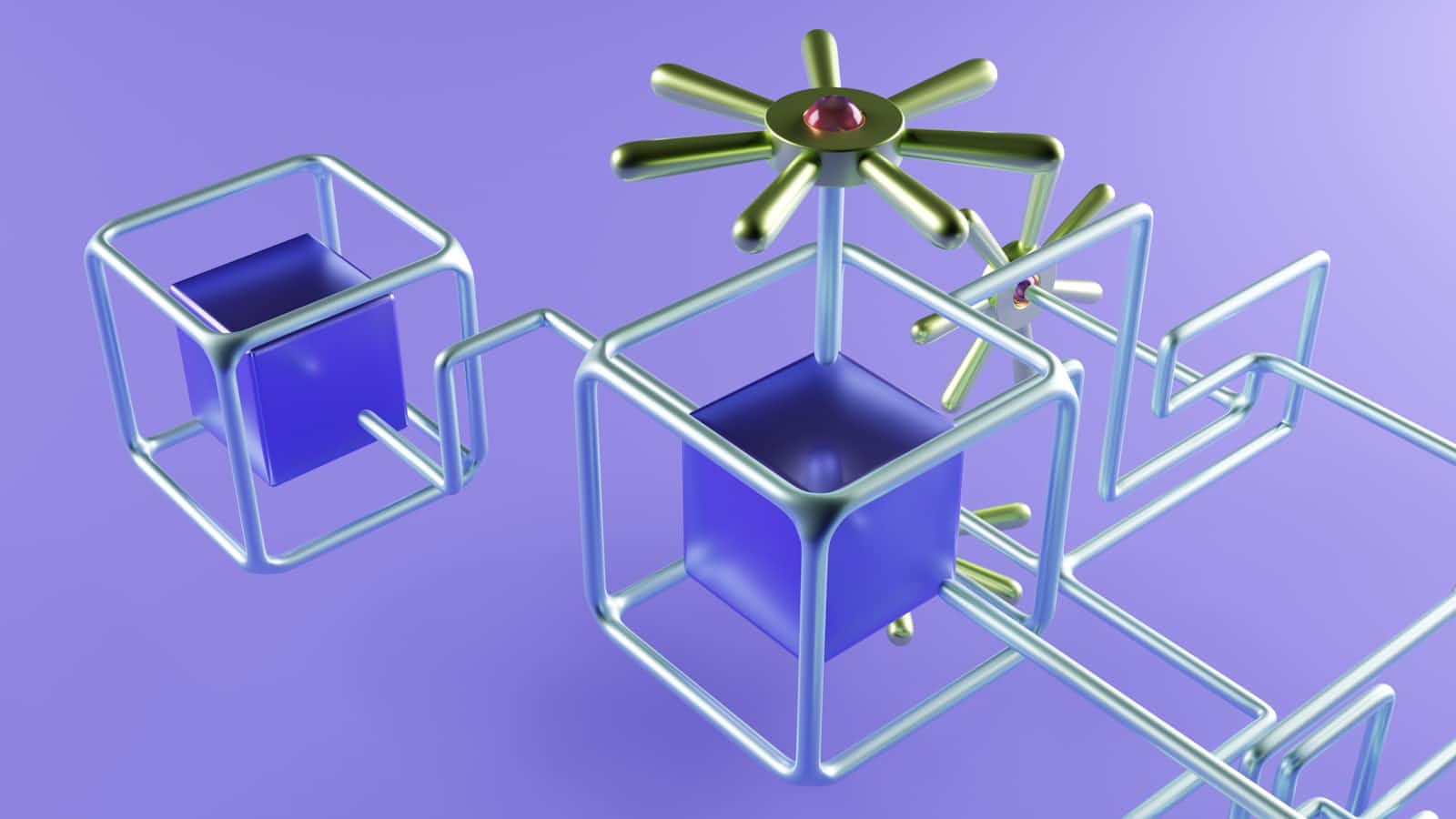Understanding Event-Driven Architecture: Importance and Real-World Uses
 Rohit Paul
Rohit Paul
Event-Driven Architecture (EDA) is a design paradigm that emphasizes the production, detection, consumption, and reaction to events in a system. This approach is increasingly significant in modern software development, particularly in applications requiring real-time responsiveness, scalability, and flexibility. Below is a detailed exploration of the significance and use of EDA, drawing insights from various sources.
Significance of Event-Driven Architecture
1. Real-Time Responsiveness
EDA enables applications to respond to events in real-time, which is crucial for creating interactive and engaging user experiences. By leveraging event-driven patterns, applications can detect and react to changes triggered by users or other systems with minimal latency. This capability is particularly beneficial for applications like messaging platforms, online gaming, and financial services, where timely updates are essential[1][3].
2. Scalability and Flexibility
One of the primary advantages of EDA is its inherent scalability. As applications grow and handle increasing loads, EDA allows for horizontal scaling, where additional resources can be allocated to specific components without affecting the entire system. This flexibility enables organizations to adapt to fluctuating demands seamlessly, ensuring consistent performance even during peak usage times[1][2].
3. Loose Coupling and Modularity
EDA promotes loose coupling between components, meaning that producers and consumers of events operate independently. This decoupling allows developers to modify or replace components without impacting others, enhancing the maintainability and extensibility of the system. Modular components can be reused across different applications, reducing development time and operational costs[2][4].
4. Fault Tolerance and Resilience
In an event-driven architecture, if one component fails, it does not necessarily bring down the entire system. Other components can continue functioning independently, which improves the overall reliability and availability of the application. This resilience is crucial for mission-critical systems where uptime is essential[1][3][5].
5. Event Sourcing and Auditing
EDA naturally aligns with event sourcing, where each change in the system is captured as an event. This creates a chronological record of all actions, facilitating easier tracking and auditing of system behavior. Developers can utilize this event log for debugging, monitoring, and compliance purposes, providing valuable insights into application performance[1][3].
6. Extensibility and Integration
Event-driven architecture allows for seamless integration with external systems and services. By using events, developers can easily connect with third-party APIs, databases, and services, expanding the application's functionality without significant overhead. This extensibility is vital for modern applications that need to incorporate various features, such as user authentication and analytics[1][4].
7. Asynchronous Processing
Unlike traditional synchronous communication models, EDA leverages asynchronous processing. In this model, events are sent and processed independently, allowing applications to handle multiple events simultaneously. This approach enhances overall performance and responsiveness, particularly in high-load scenarios where many events occur concurrently[2][3].
8. Analytics and Insights
The real-time nature of EDA provides rich data for analytics. As events are generated and processed, valuable insights into user behavior and system performance can be collected. This data can inform decision-making, optimize application performance, and enhance customer experiences[1][4].
9. Reduced Resource Consumption
In traditional request-response models, servers may waste resources by constantly polling for client requests. EDA mitigates this by enabling event-driven notifications, where the server only responds when an event occurs. This reduces unnecessary resource consumption and allows for more efficient handling of tasks[1][3].
Use Cases of Event-Driven Architecture
Event-driven architecture is well-suited for various applications, including:
Real-Time Messaging: Applications like chat platforms benefit from EDA's ability to handle numerous concurrent messages and user interactions seamlessly.
Financial Services: EDA allows for real-time processing of transactions and updates, crucial for trading platforms and banking applications.
IoT Systems: In Internet of Things (IoT) applications, EDA facilitates communication between devices, enabling quick responses to sensor data and events.
E-Commerce: EDA supports real-time inventory updates, order processing, and customer notifications, enhancing the shopping experience.
Logistics and Supply Chain: Companies can use EDA to monitor shipments and inventory levels in real time, improving operational efficiency and responsiveness[2][4].
Conclusion
Event-Driven Architecture is a significant design paradigm that enhances the responsiveness, scalability, and flexibility of modern applications. By enabling real-time communication and promoting loose coupling between components, EDA allows developers to create robust, maintainable, and extensible systems. Its applicability across various domains, from messaging to IoT, underscores its importance in contemporary software development. As organizations continue to seek ways to improve operational efficiency and customer experiences, EDA will likely play a pivotal role in shaping the future of application architecture.
Subscribe to my newsletter
Read articles from Rohit Paul directly inside your inbox. Subscribe to the newsletter, and don't miss out.
Written by
